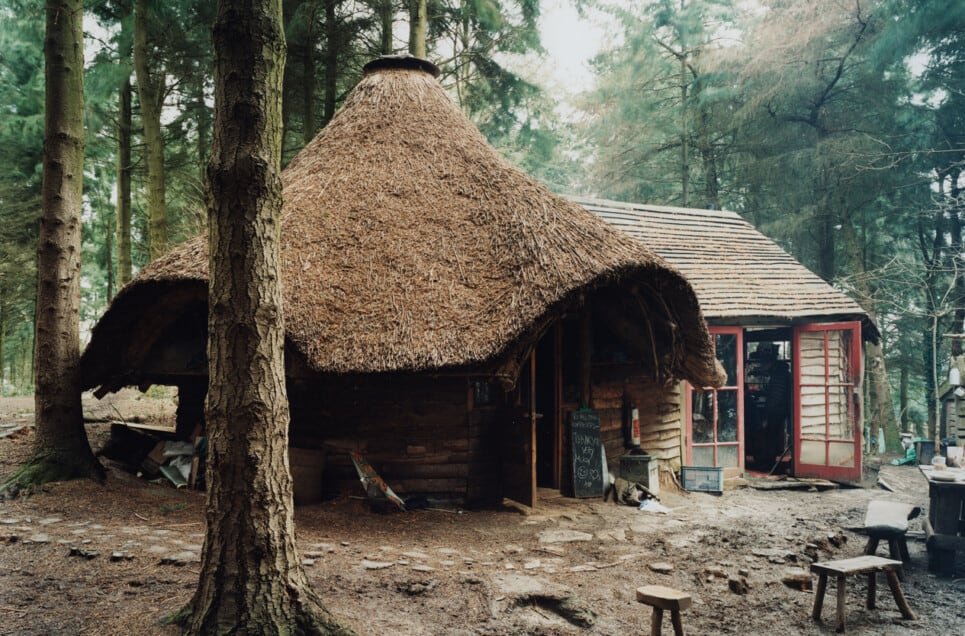More and more people worldwide are making the alternate lifestyle decision to ditch the cord and live off the grid. Advances in technology have made it even easier to escape from urban life and enjoy the modern world and the open road simultaneously. You can live off the land and still use various gadgets and appliances in communes. You can even log on to the Internet. A natural life can be just the ticket to disconnect from the stress and reconnect with what is important.
True, it sounds easy, but there is a lot more to consider. Sometimes all you would need is a place where people with similar mindsets can live together. These utopian communes can be found throughout the globe. Several areas lean themselves well to the hippie-like lifestyle. Once you have determined to go for it, you can decide where you would like to live. Whether joining an existing community or starting one of your own, these US locations and a few overseas could be just the thing you are looking for. Check out this list of possible and famous places that can be the home sweet home you never knew you always wanted.

What Is a Natural Life?
Before you decide to live off the grid, you may research to learn more about living a more natural lifestyle. Basically, living off the grid and adjusting to a natural life requires you to forego many things that come with living in a house. It is a more primitive lifestyle. Instead of a sewer, you have a septic tank, field bed, outhouse, or composting toilet. You do not use natural gas to heat your house or run your appliances. Many people opt for solar or wind panels to conserve electricity.
Others use a natural life as a political statement. It is a way to divorce yourself from a system that worships materialism, greed, and corruption. They enjoy the independence and freedom that comes from fighting a system that they deem oppressive. Since you are living a more sustainable lifestyle, you are lessening your carbon footprint. You can take pride in doing what you can to replenish the earth’s resources. Continue reading to learn about how to get resources for living this type of eco-friendly lifestyle.




























